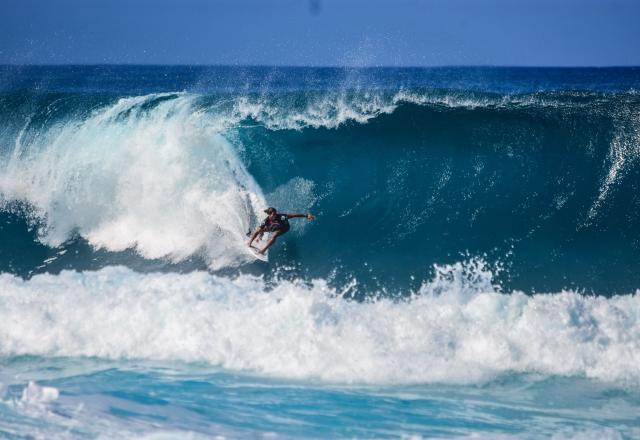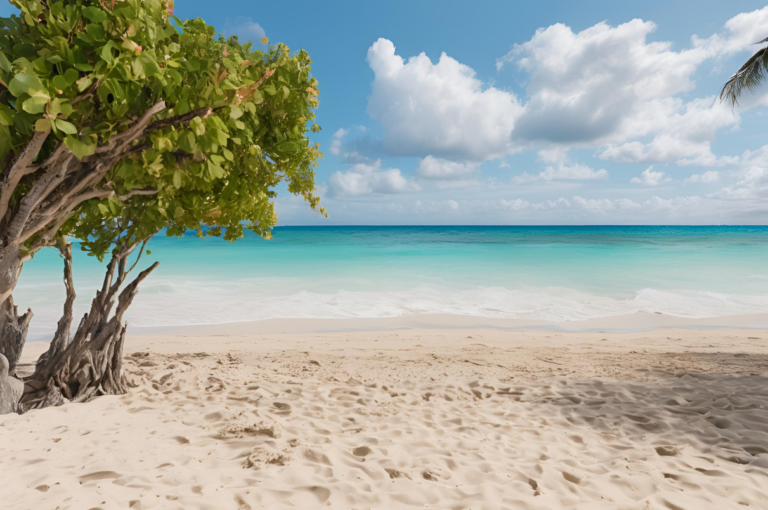The Ultimate Guide to Big Wave Surfing: Conquering the Ocean’s Giants
Big wave surfing is not just a sport; it’s an adrenaline-pumping challenge against some of the ocean’s most formidable forces.
For thrill-seekers and seasoned surfers alike, riding these colossal waves is the ultimate test of skill and bravery. Whether you’re dreaming of catching a 20-foot wave or simply intrigued by this extreme pursuit, this guide will take you through the essentials of big wave surfing.
What is Big Wave Surfing?

This kind of surfing is where the surfer has to face waves that are above twenty feet or six meters high. While long-anticipated surfing uses waves that retain their normal controllable size, big-wave surfing cannot be defined by something similar since it navigates the boundaries of boarable sea encounters. Due to the strength and speed of these waves the sport has all the characteristics of a very exciting and extremely dangerous one attracting only the more experienced of the surfers.
The History and Dangers of Big Wave Surfing
Big wave surfing began in the 1950s when challenged surfers in Hawaii started seeking the giant swell of the North Shore of Oahu. But the science of modern surfing could partly be traced back to those greats in the mold of Greg Noll and Eddie Aikau.
Today, big wave surfing is performed not only in Oahu but everywhere in the world, there are significant places, such as Mavericks in California or Jaws in Maui.
But the same with other adventurous activities, big wave surfing comes with its own risks. Big wave wipeouts can bury the riders 20 to 50 feet deep and they have only about 15 to 20 seconds before the next wave intervenes.
Water pressure at such depths is extremely high and can pop eardrums; currents could easily surge surfers into a reef or the bottom of the ocean causing very serious injury or death.
In big wave surfing, there is an issue that attracts a lot of controversy, and this is the leash. Though the leash serves for a surfer to stay in contact with his board, it at the same time can entangle him underwater.
Most of the surfers nowadays are using tow in boards having a foothold rather than leash. However, as much as such precautions are undertaken, big wave surfing is still a dangerous sport and several have been known to die while attempting them including Mark Foo and recently Sion Milosky.
Top Big Wave Surfing Destinations
- Mavericks, California
Mavericks is one of the most iconic big wave surfing spots in the world. Located off the coast of Half Moon Bay, it’s known for its towering waves and challenging conditions. - Jaws (Peahi), Maui, Hawaii
Known locally as Peahi, Jaws offers some of the biggest and most powerful waves on the planet. The sheer size and speed of the waves make it a must-visit for any serious big wave surfer. - Nazaré, Portugal
Nazaré is famous for producing some of the biggest waves ever surfed, with some waves reaching over 100 feet. It’s a true test of skill and courage. - Waimea Bay, Oahu, Hawaii
Waimea Bay is another legendary spot in Hawaii, known for its massive waves during the winter months. It’s a historical location for big wave surfing, and the site of the annual Eddie Aikau Big Wave Invitational.
Essential Gear for Big Wave Surfing
When it comes to big wave surfing, having the right gear is crucial. Here’s what you’ll need:
- Big Wave Surfboard: Typically longer and thicker than regular surfboards, big wave surfboards (or “guns”) are designed for speed and stability in massive waves.
- Wetsuit: A high-quality wetsuit is essential for staying warm in the cold waters where big waves are often found.
- Personal Flotation Device (PFD): Safety is a top priority in big wave surfing, and many surfers wear PFDs to help keep them afloat if they’re knocked off their boards.
- Leash: A strong leash is crucial to ensure your board stays close by, even in the roughest conditions.
Techniques and Training for Big Wave Surfing
Surfing in big waves involves responding differently and the body must also be prepared differently. Here are some tips:
- Physical Fitness: It has to be strength training and it has to be endurance training. Most of the big wave surfers engage in swimming, breath holding exercises, tabata training and weight training.
- Mental Preparation: Surfing big waves involves as much the mind as it involves the body muscles. Visualization, mediation and mental training can be effective in keeping the mind of a surfer free from anxiety.
- Wave Knowledge: It is necessary to know how waves have developed and destroyed coastlines and underwater structures. Waste time researching wave behavior and conditions in the area that you have chosen to surf.
Conclusion
Surfing is one of the most extreme sports and has been branded as such because of the big waves that are surfed.
While enthusiasts have mastered the basic techniques of surfing, never before has the sport been this bold; that is why big wave surfing appeals to the professionals as well as those who admire the adventure. Before confronting these ocean giants of adventure remember the sea is powerful and do not endanger yourself even for the best wave ride.


